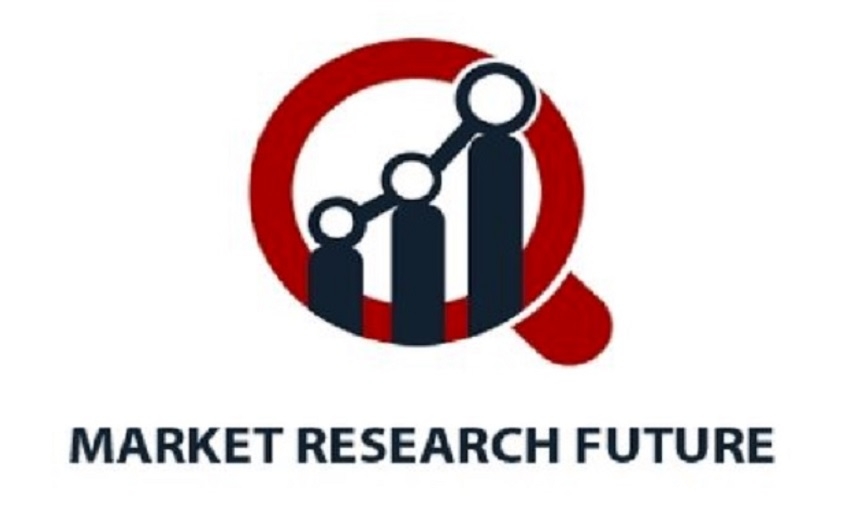This final section synthesizes commercial strategy, product positioning, and technical roadmaps — practical steps for product teams, startups, and procurement.
6.1 Market outlook (numbers & interpretation)
Market research consensus through 2024–2025 points to steady growth for waterborne coatings and significant expansion in acrylic dispersions due to regulatory and demand drivers. Reported estimates vary—some analyses estimate multibillion USD markets for waterborne coatings (tens of billions when considering all waterborne chemistries), with mid-single digit CAGRs through the late 2020s. Expect continued growth in architectural, industrial, and packaging sectors as waterborne performance continues to improve and regulation tightens.
Practical interpretation: if you’re a coatings business, Waterborne acrylic coatings are core to both near-term compliance and long-term product strategy. Investment in waterborne R&D and pilot production capacity is likely to be rewarded by growing OEM and institutional demand.
6.2 Go-to-market strategy for formulators and manufacturers (actionable)
-
Segment mapping: prioritize segments where performance parity is already proven (architectural, wood, many industrial OEM applications) and build narrowly targeted product lines (e.g., “architectural low VOC exterior acrylic, 50 g/L; 10-year color retention”).
-
Differentiate on sustainability data: publish EPD/LCA, claim low VOC, and promote bio-based content where verified. Buyers and procurement teams increasingly require data beyond a marketing claim.
-
Technical services & demo projects: offer onsite demos, corrosion testing (for DTM), and QUV/field exposure evidence to procurement leads — technical reassurance sells conversions. PAINT.org and industry literature show that pigment dispersion and testing data are decisive in specification.
-
Partnerships & supply security: partner with global polymer suppliers for stability, co-develop with additive suppliers for advanced rheology and crosslinking solutions. Large players continue M&A and supplier collaboration to strengthen portfolios.
6.3 Product roadmap — technical milestones to hit in 12–24 months
-
Year 1: Launch low-VOC architectural range with published VOC, gloss, and weathering performance; validate via independent gloss/color retention tests.
-
Year 2: Introduce a hybrid urethane-acrylic industrial line and a waterborne DTM product with independent corrosion testing; begin development of a bio-based binder variant.
-
Ongoing: Build digital spec sheets and LCA data for each SKU; create case studies and customer references.
6.4 Sales & specification strategy (for content/SEO teams)
-
Produce SEO assets that match buyer journeys: technical whitepapers for specifiers (engineers, architects), “How-to” guides for applicators, and compliance/lifespan calculators for procurement. Use long-tail keywords like “waterborne acrylic DTM corrosion resistance case study” and “low VOC exterior acrylic paint 10 year warranty” to capture high-intent searchers.
-
Publish third-party validation (labs, field tests) and case studies early — these are powerful conversion drivers.
6.5 Final checklist for launching a competitive waterborne acrylic product
-
Market research & target application selection.
-
Polymer selection: acrylic dispersion architecture that meets Tg and performance targets.
-
Additive package: pigments, dispersants, rheology modifiers, crosslinkers, corrosion inhibitors (as needed).
-
Regulatory and LCA documentation: VOC, REACH/TSCA screening, EPD/LCA where possible.
-
Scale-up & QA: pigment grind, stability tests, accelerated weathering, adhesion and corrosion tests.
-
Commercialization: spec sheets, case studies, demo projects, and digital content for SEO and lead gen.


